
Terms like “Process Mining”, “Business Intelligence”, “Data Mining”, and “Big Data Analytics” have frequently been used in the past, interchangeably sometimes as well.
In this article, we will see exactly how Process Mining acts as an extension of Data Mining, what differences exist between the two, and what businesses should opt for based on their requirements.
Data Mining and Process Mining are two essential components of Business Intelligence that help in analyzing large amounts of data and producing information that can help in business decision-making and successful business transformation projects via the use of developed algorithms to form meaningful patterns. Of course, because both methodologies are classified as Business Intelligence, there are certain parallels. However, as previously said, the two methods have distinct views and objectives.
Why Vs. What
Process Mining allows you to evaluate business processes automatically based on real-time information available on company systems (ERP, Service Management, and so on) to discover particular areas for operational excellence. It’s a cutting-edge analytical method for gaining business optimization and uncovering hidden issues. In this regard, Process mining helps answer the “why’s”.
Whereas, Data mining is the technique of predicting outcomes by searching massive data sets for anomalies, patterns, and correlations. You may use this data to boost sales, strengthen customer connections, lower expenses and/or risks. In this regard, what you do and what you can do is clearly highlighted through the efficient and strategic use of Data Mining tools and techniques.
Process & Analysis
Process Mining, in contrast to Data Mining, examines a given process and the way it performs over a particular time period in order to create a process map that includes all of the individual steps that have been completed.
What you can expect is completely mapped processes that include all the process variants and specific recommendations on how you can gain business optimization and automation optimization; all of which leads to increased customer satisfaction, employee experience and improved margins!
Data mining is a technique for analyzing data and detecting or predicting trends. For instance,
In contrast to process mining, data mining does not directly link to business processes.
Existing Data & Generated Data
Data mining is the process of analyzing static data. To put it another way, the data is accessible at the time of analysis. Whilst Process mining examines how data was generated.
Users can also construct processes dynamically based on the most recent data using process mining techniques. A live feed from process mining can provide a real-time picture of company processes.
Discovery & Solution
Data Mining searches for hidden patterns and bottlenecks in large data sets, but it does not provide answers to specific issues. On the other hand, process mining allows you to find solutions to specific problems. Process mining easily identifies challenges and sub-optimal routines in your process and pinpoints exactly what you need to do to improve and achieve operational excellence.
So, while Data Mining helps discover trends and patterns, Process Mining helps generate constructive solutions to tackle the existing inefficiencies.
Methodology and Uses
Data mining is employed in a wide range of economic settings, right from business development forecasts to medical research funding to socio-demographic trend analysis.
Only process data from actually executed processes is evaluated in Process Mining. Companies can use Process Mining to obtain insights into real-world process flows and automatically discover potentials and hazards.
In the case of Data Mining, data is collected first from various sources or databases, filtered, merged, and then transformed into a more targeted structure. Whereas, Process Mining involves extracting data from IT systems in real-time, which are then fed into a process mining software tool.
While the above differences clearly help demarcate when and where the two technologies should be used, it is instrumental to understand that both aspects are critical to the success of your business at different phases.
Therefore, understanding what comes into play, at what stage is important in order to effectively make use of tools like Data Mining and Process Mining!
With Re-vive, you gather deep insights into what your operational data says, making inefficiencies and bottlenecks distinctly visible and easier to tackle.

Copyright © 2024 By Re-vive. All rights reserved.